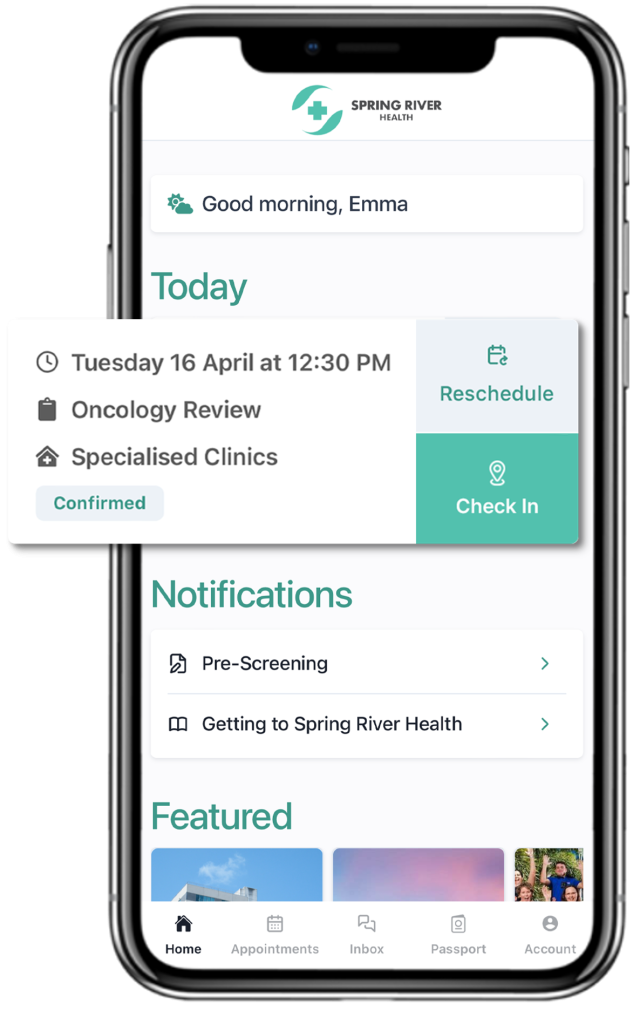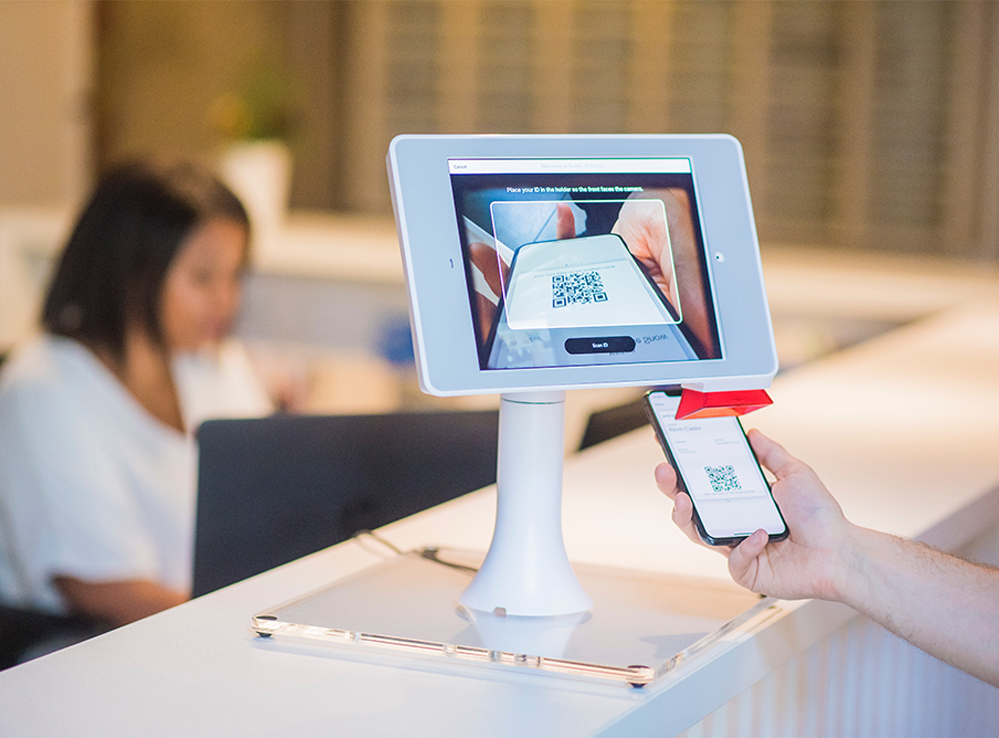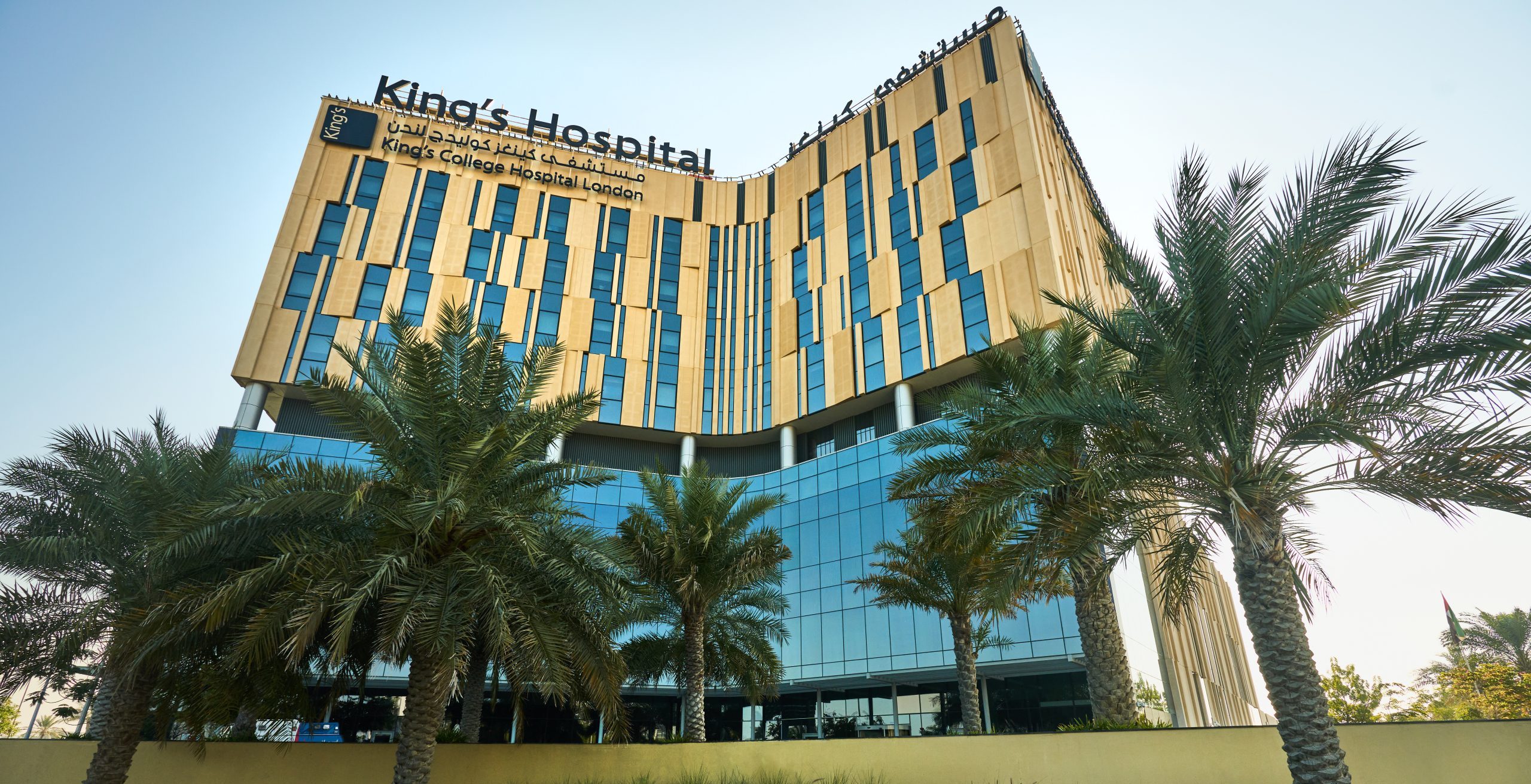Understanding Visitor Management Systems
Digital visitor management systems, often referred to as VMS, are broad solutions designed to streamline the process of managing visitors within a facility. They typically include a range of functionality, including:
- Visitor registration
- Check in and out
- Visitor screening (from simple capture of contact details to more complex questionnaire)
- Virtual reception/concierge
- Security processes such as badge printing (or electronic visitor passes) and access control
Additionally, they may encompass automation of workflows surrounding these capabilities, such as:
- Pre-booking visits and issuing reminders and information before or after a visit
- Staff notification of visitors
- Advanced workflows around VIP visits
- Broadcasting emergency messages to all facility visitors
- Post-visit surveys
- Contractor or staff credentialling and/or passports
The Evolution of Visitor Management Systems
Digitising visitor management became essential during the pandemic, to facilitate contact tracing, recording visitor information, and enforcing capacity limits. The benefits of digitisation and automated workflows are now mainstream, with visitor management systems now applied to a wide range of use cases, including:
1. Visitor Management for Secure Facilities
In high-security environments such as government buildings, research facilities, and data centres, visitor management systems play a pivotal role in controlling access and ensuring only authorised individuals are granted entry. These systems often integrate with access control systems to verify visitor credentials and enforce security protocols. These facilities often require preparation for pre-registered visits, and a VMS can assist with automated workflows for staff notifications and tasks.
2. Automated Workflows for VIP Visits to Facilities
For organisations that frequently host VIPs, dignitaries, or high-profile guests, visitor management systems streamline processes around coordination, communication, security, and hospitality. Automated workflows facilitate seamless communication between departments and ensure VIP visits run smoothly.
3. Emergency Preparedness
Visitor management systems contribute to emergency preparedness by providing real-time visibility into who is present within a facility at any given time. In the event of an emergency evacuation or lockdown, these systems enable quick and accurate accountability of visitors, staff, and contractors, and allow broadcast notifications to everyone on site. The VMS can be integrated with building management and emergency systems for even faster response, and messages can also be broadcast to digital signage screen for added visibility. After an incident or emergency, visitor management systems allow for visitor tracing and follow-up.
4. Virtual Reception / Concierge
For facilities such as corporate offices or manufacturing facilities, visitor management systems act as a virtual reception and concierge service. Both walk-in and pre-booked visits can be accommodated. Digitising these workflows reduces administration overhead and minimises wait times. The system can be integrated with the existing communication system, so that visitors can use an auto-attendant that routes calls to the appropriate person or department.
5. Contractor Credentialling and Check-In
Site safety and compliance can be improved by automating contractor check-in and credentialling. For example, contractors may be asked to provide proof of certification or other requirements, and automated workflows can streamline the induction and safety compliance processes. Staff or contractor passports can be implemented to streamline the compliance and check-in process.
The Move to Mobile-First

Most people think of check-in kiosks as the frontline of a visitor management system. While these are still commonplace, the VMS of the future will be mobile-first, allowing visitors to check-in and perform tasks on their own device. This is typically faster, more intuitive with less potential for data entry errors.
Organisations should consider multiple delivery modes for their VMS – mobile first to cater for digital natives and to pave the way for the future, plus kiosks and staff-assisted options for less confident visitors.
The Benefits of Implementing a Visitor Management Solution
Implementing a visitor management solution offers many benefits, including:
- Enhanced security: By accurately documenting visitor information and enforcing access control policies, visitor management systems help prevent unauthorised access and mitigate security risks.
- Improved efficiency: Self-service visitor bookings, check-in processes, and automated workflows reduce the administrative burden on staff, freeing up time for other tasks.
- Compliance: Visitor management systems help organisations comply with health and safety requirements, security rules, HR processes and data standards.
- Enhanced visitor experience: By providing a seamless and modern visitor experience, organisations can elevate perception of their brand and professionalism.
- Support for vulnerable visitors: By providing a multi-lingual and accessible visitor management solution, organisations can better support vulnerable visitors.
- Reduced no-shows: A VMS should provide a mechanism for pre-booked visitors to notify the facility of changes or cancellations. Combined with automated reminders and preparation requirements around visits, this reduces unexpected no shows.
- Data insights: The organisation can gain valuable insights from the visitor management data. This may include:
o Number of visitors, length of stay and peak visitation times per site
o Outliers such as visitors not checked out or incomplete inductions
o Which visitors to contact in case of an emergency or incident
Taking a Modern Approach to Visitor Management
Today’s visitor management software has evolved to address a wide range of use cases and provide tangible benefits across various industries. By embracing visitor management solutions, organisations can future-proof their facilities, adapt to changing security requirements, and meet the evolving expectations of modern visitors.
During COVID-19, Five Faces was called on by health districts such as Alfred Health and Sydney Local Health District to provide digital solutions for mass vaccination and visitor management. At its peak, our solution took 20,000 appointment bookings per day. Since then, we have productised our visitor management solution to be highly configurable and adaptable to different workflows across different industries.



